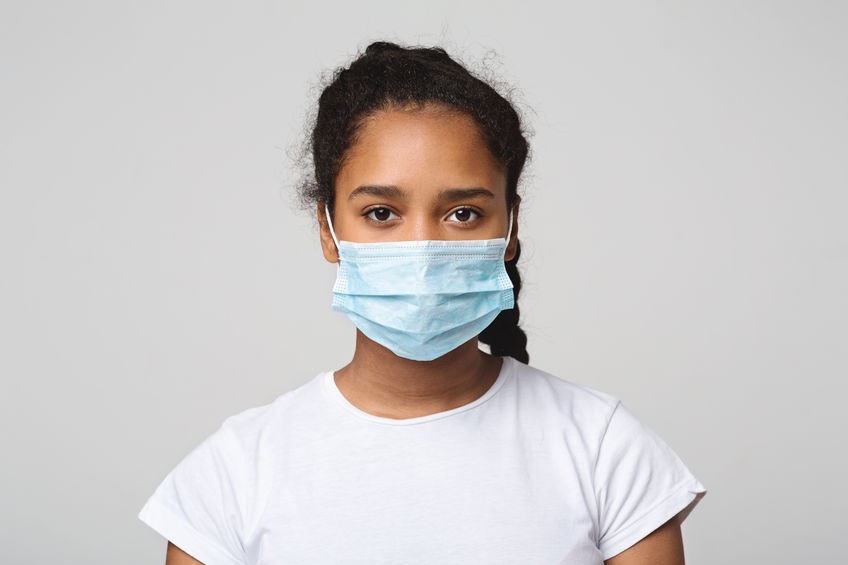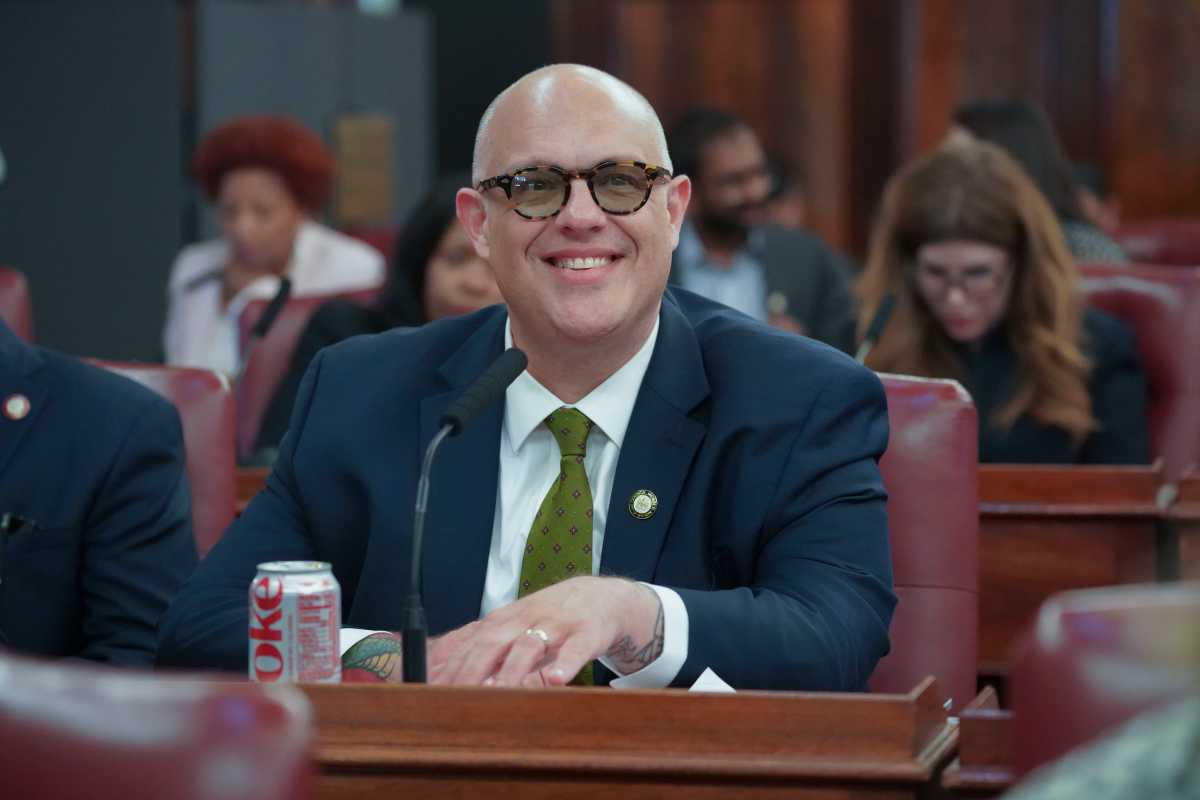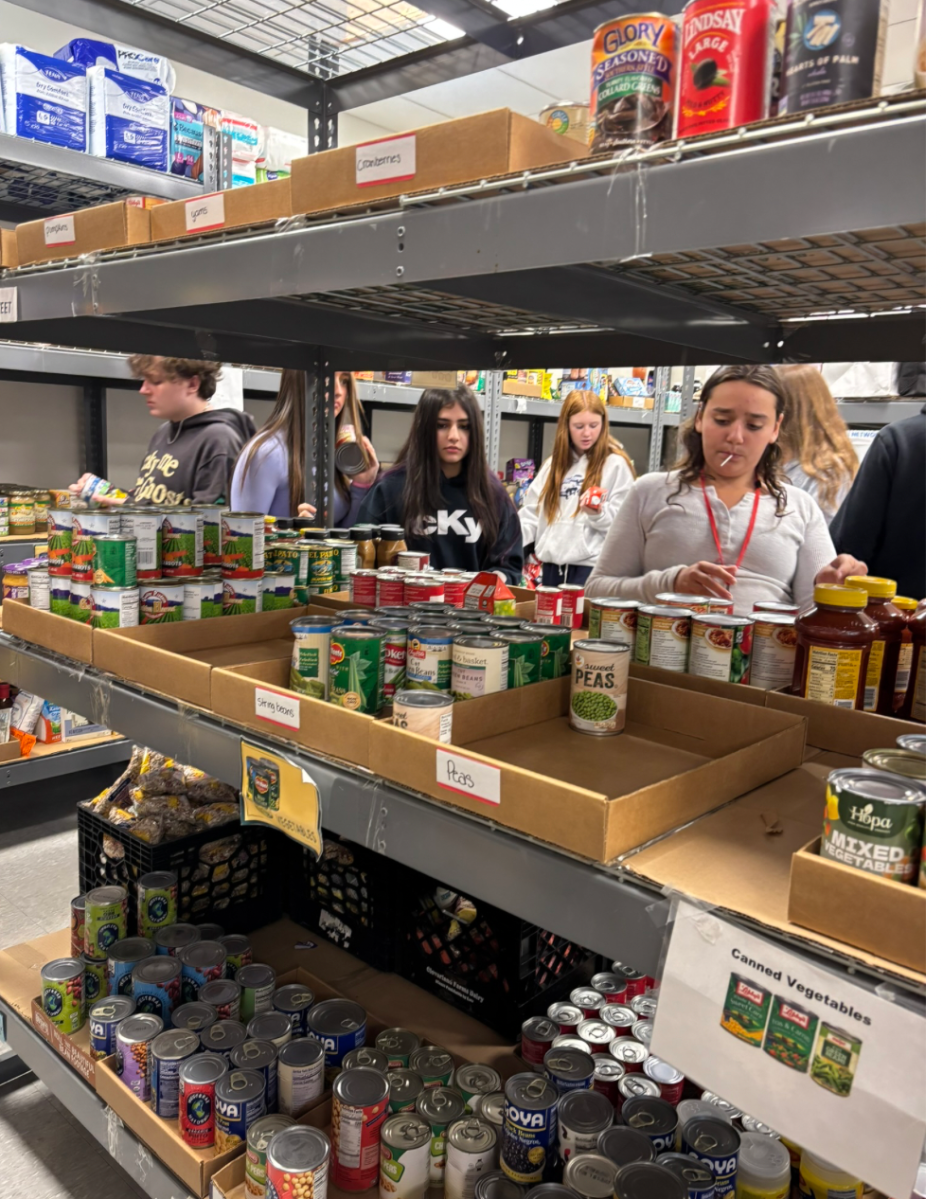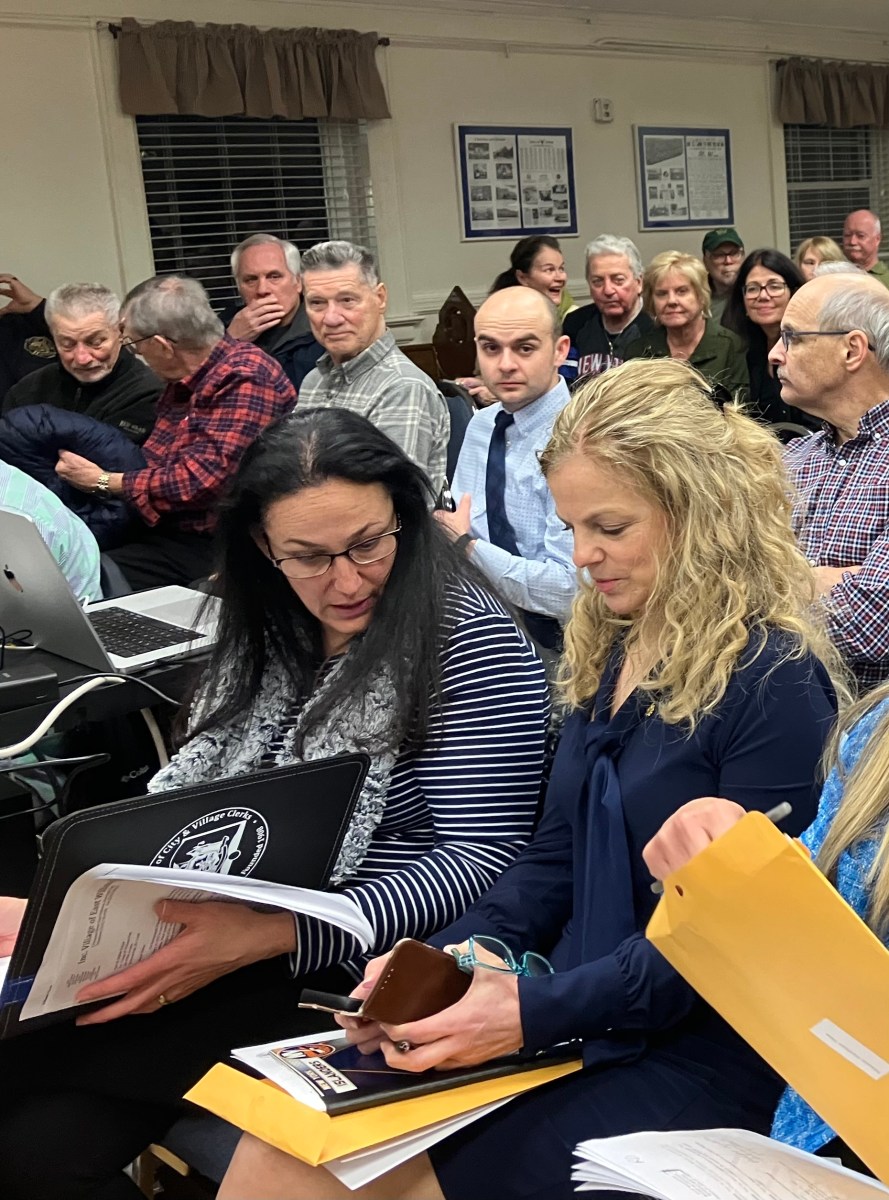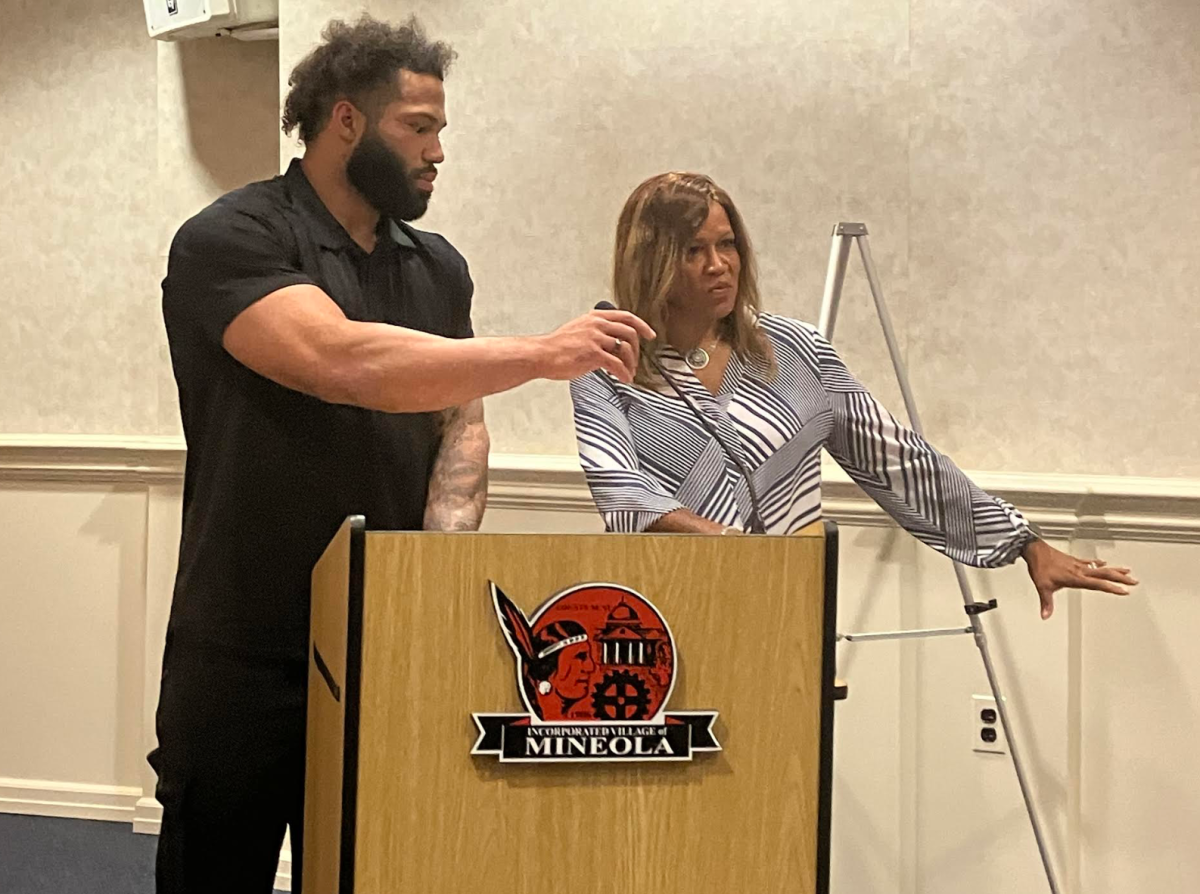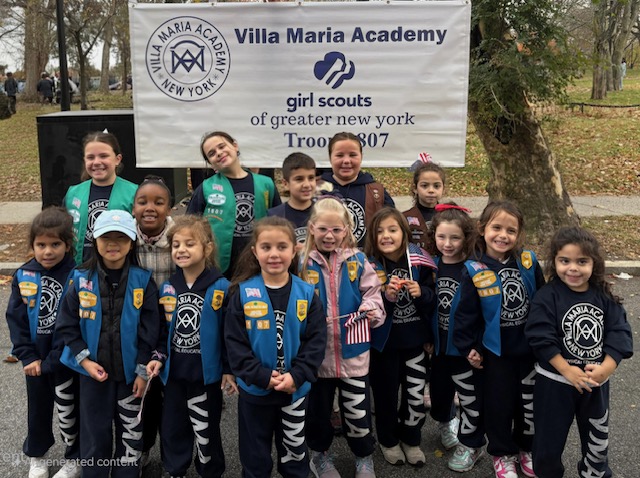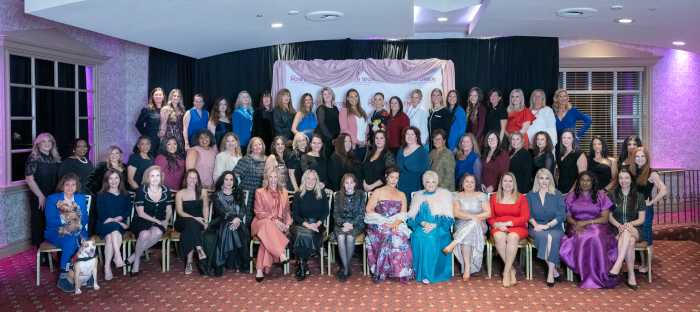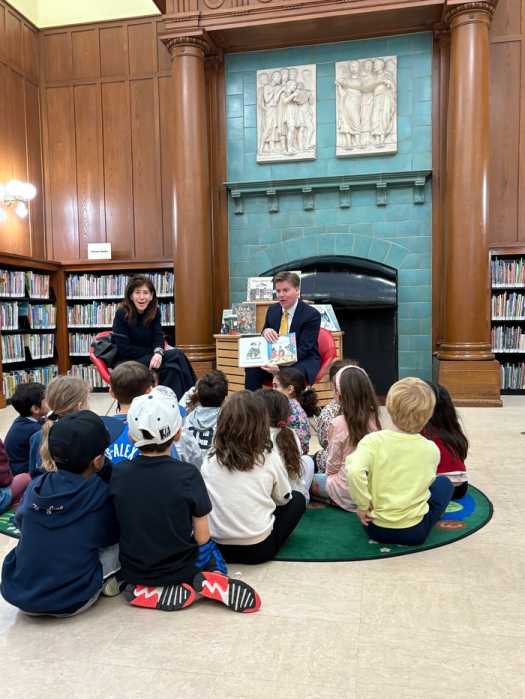Cuomo shares five finalists of the wear a mask commercial competition
New York State Gov. Andrew Cuomo announced the five finalists of the competition his daughter Mariah came up with for people to create 30-second advertisements telling people to wear masks at his daily press briefing today.
Out of 600 submissions, it was narrowed down to five last videos, from which one will be voted the winner. Anyone can vote online, and the deadline to cast votes is May 25.
“No voter fraud on this election,” Cuomo joked.
The competition came out of a conversation Cuomo had with his daughter in which she suggested that the reason people weren’t wearing masks was that the need for them wasn’t communicated effectively.
Thus born was the idea of creating a commercial to air on television that would encourage people to wear their masks and maybe explain why it’s needed.
“I don’t understand why this ‘wear a mask’ is so hard. Mariah suggested it may be the way I’m communicating it,” the governor jokingly said. “This is a common refrain in my house from my daughters — that it’s me and my lack of ability to communicate effectively.”
The final videos are “That Guy,” “You Can Still Smile,” “We ❤ NY,” “Do The Right Thing” and “We are Compassion. We are New York.”
Some, like “You Can Still Smile” have the cast tell the viewers who they wear their masks for and who they are hoping to protect, while “That Guy” centers around a single man without a mask on, with those surrounding him being masked and giving him looks.
The winner of the competition will be announced on May 26.
Read more about this in this article: CBS News
De Blasio announces increased testing in nursing homes
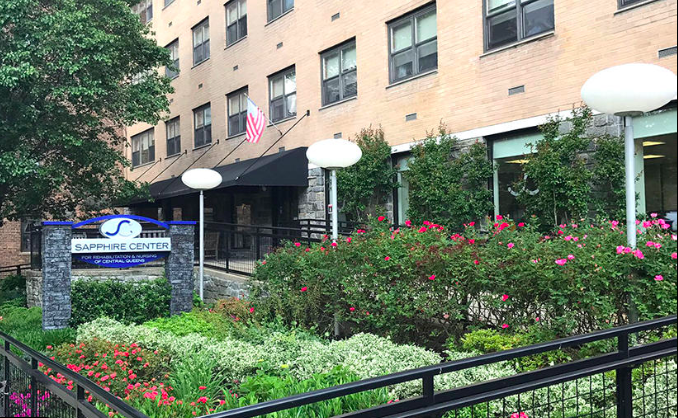
New York City Mayor Bill de Blasio said in his daily press briefing today that the city will be increasing the amount of COVID-19, or novel coronavirus tests that are conducted in nursing homes.
Starting next week, he explained, the city will begin a two-week period of increased testing in the 169 nursing homes within the five boroughs.
The goal is to process up to 3,000 tests a day, but it might be hard to do because many of the labs are privately owned and therefore there can be no guarantee as to how thoroughly they will cooperate with the city.
“We don’t control them, there are a few in the domain of our public health system but the vast majority are private nonprofit that we don’t control, we don’t regulate,” de Blasio said.
He also said that the city will continue to provide testing for “as long as it takes” and that the city has provided an additional 250 staff members to nursing homes already.
Another concern of the mayor, however, is that more people will have their older loved ones moved into nursing homes when they don’t really need to be there.
“This whole crisis has made me think about what happens to folks who live in nursing homes at any time but particularly during a crisis,” he said. “I know for the seniors in my life … and this was true of my mom and my aunts and her sisters, everyone had the same wish, they wanted to stay home no matter what. Having seniors at home is in many ways not only a better quality of life but it’s a better place to care for them if done right. And by the way if people are living at home there’s much less a chance of being in a situation where they are exposed to a disease that is spreading.”
According to state data, there have been 1,200 nursing home deaths due to the coronavirus. According to city data, which includes presumed coronavirus-related deaths, that number is over 3,000.
Read more about this in this article: AM New York
Brooklyn yeshiva that broke remote learning mandates will not receive a summons
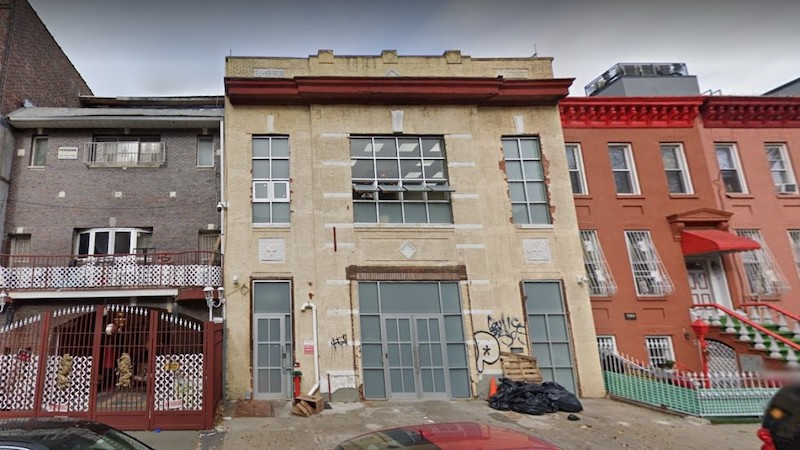
The New York Police Department busted a Brooklyn yeshiva school this week that was operating in secret despite the coronavirus remote learning mandates.
Despite this, however, and the mayor’s instructions that the police issue summons to anyone who breaks the social distancing rules, the school and its owner are not going to get a summons.
Mayor Bill de Blasio told Pix11 News that the situation was “absolutely unacceptable” and everyone “has been warned several times” about large gatherings.
When police arrived at the school, on Madison Street near Ralph Avenue, close to the border of Bedford-Stuyvesant and Bushwick, they found around 60 students inside. The owner immediately dispersed the student body.
The mayor said that if it happened again, harsher consequences would be imposed.
“If people agree and do what they need to do, we’re not here to add to their economic hardship,” he said. “If they don’t agree, if they don’t act quickly, that’s when the summons comes.”
Read more about this in this article: Pix11 News
Report reveals Corona, Elmhurst, Sunset Park feeling deepest economic impacts from pandemic
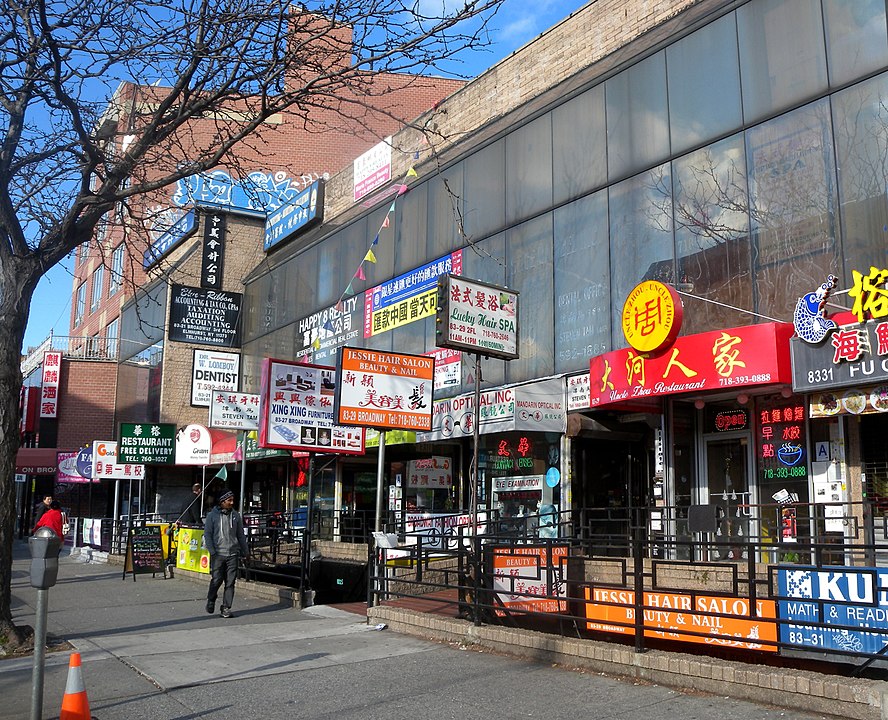
A new study published today by the Center for an Urban Future finds that the economic impacts from the COVID-19 pandemic are falling disproportionately on communities of color in the boroughs outside of Manhattan.
The report shows that while fewer than 10 percent of residents on the Upper East Side and Park Slope work in the four industries where layoffs have been most prevalent—restaurants, hotels, retail, and personal care services—the share is 27 percent in Elmhurst, 25 percent in Corona, and 24 percent in Norwood, Highbridge, Sunset Park, and Flushing.
According to the report, the 13 neighborhoods where at least 20 percent of employed residents work in these hard-hit sectors are all located either in Queens, the Bronx, Brooklyn, and Northern Manhattan—and all have a higher share of non-white residents than the city average.
For instance, in the two neighborhoods with the greatest share of residents working in these sectors—Elmhurst/South Corona and Jackson Heights/North Corona—90 percent or more of the population is non-white and over 60 percent is foreign-born.
In all 13 of the neighborhoods, at least 71 percent of the population is non-white. In 5 of the 13, at least 90 percent is non-white. And in 9 of the 13, at least 45 percent is foreign-born. In contrast, in each of the five neighborhoods with the lowest share of residents working in these four hard-hit industries, the population is at least 64 percent white and no more than 25 percent foreign born.
Other findings include:
- Whereas 16 percent of Elmhurst residents work in the restaurants/food services sector, just 1 percent of Upper East Side residents do.
- Flushing has nearly twice as many residents working in the personal care services sector (nail salons, beauty parlors, etc) as any other neighborhood in the city.
- Nearly five times as many residents of Jamaica work in the accommodations sector as residents of Greenwich Village.
- In raw numbers, Flushing has the most residents (23,076) employed in the four hard-hit sectors, followed by Washington Heights (20,331) and Corona (19,442).
- Whereas 304,413 jobs in these four hard-hit sectors are physically located in Manhattan, a much lower number of Manhattan residents (113,958) are employed in these industries.


